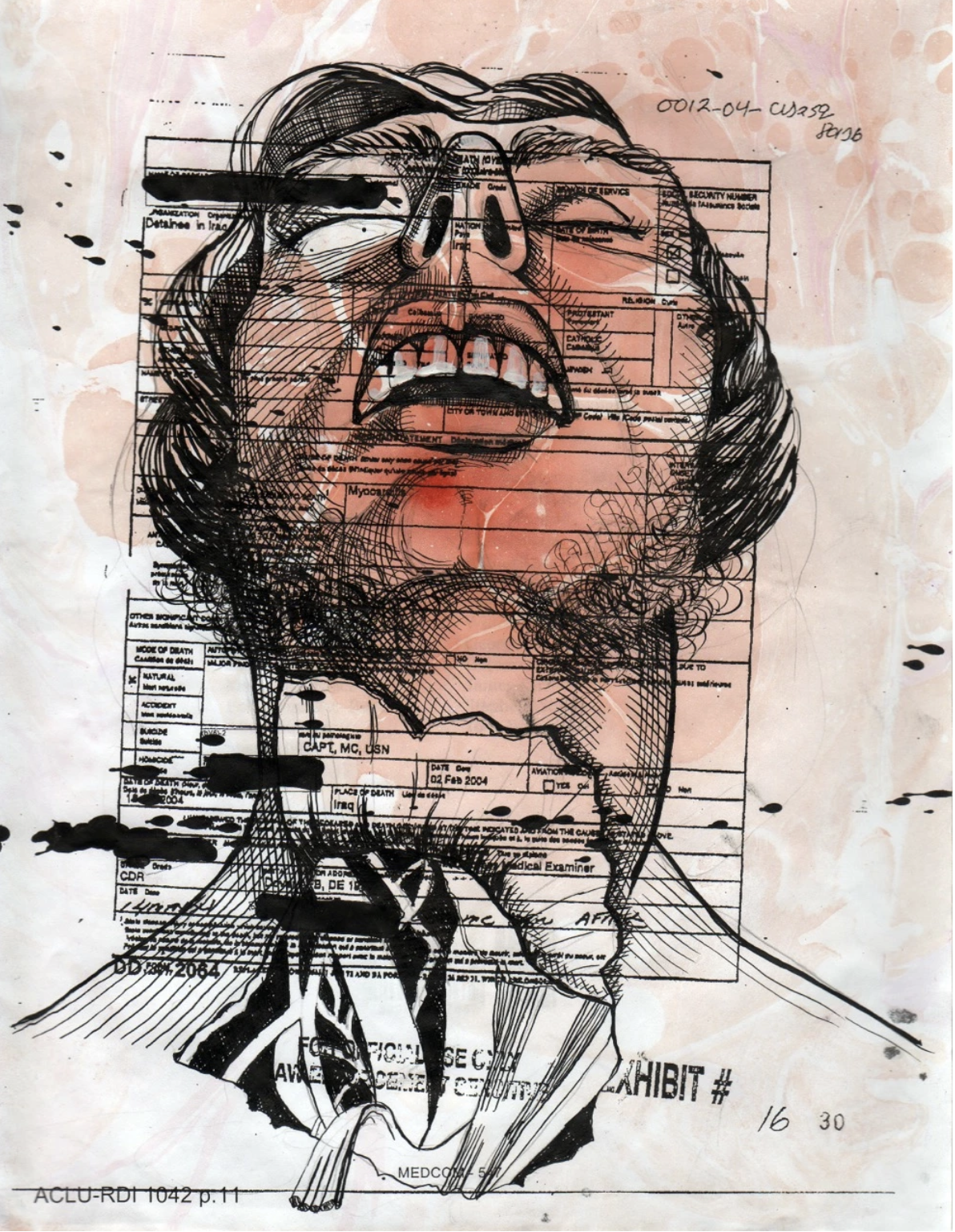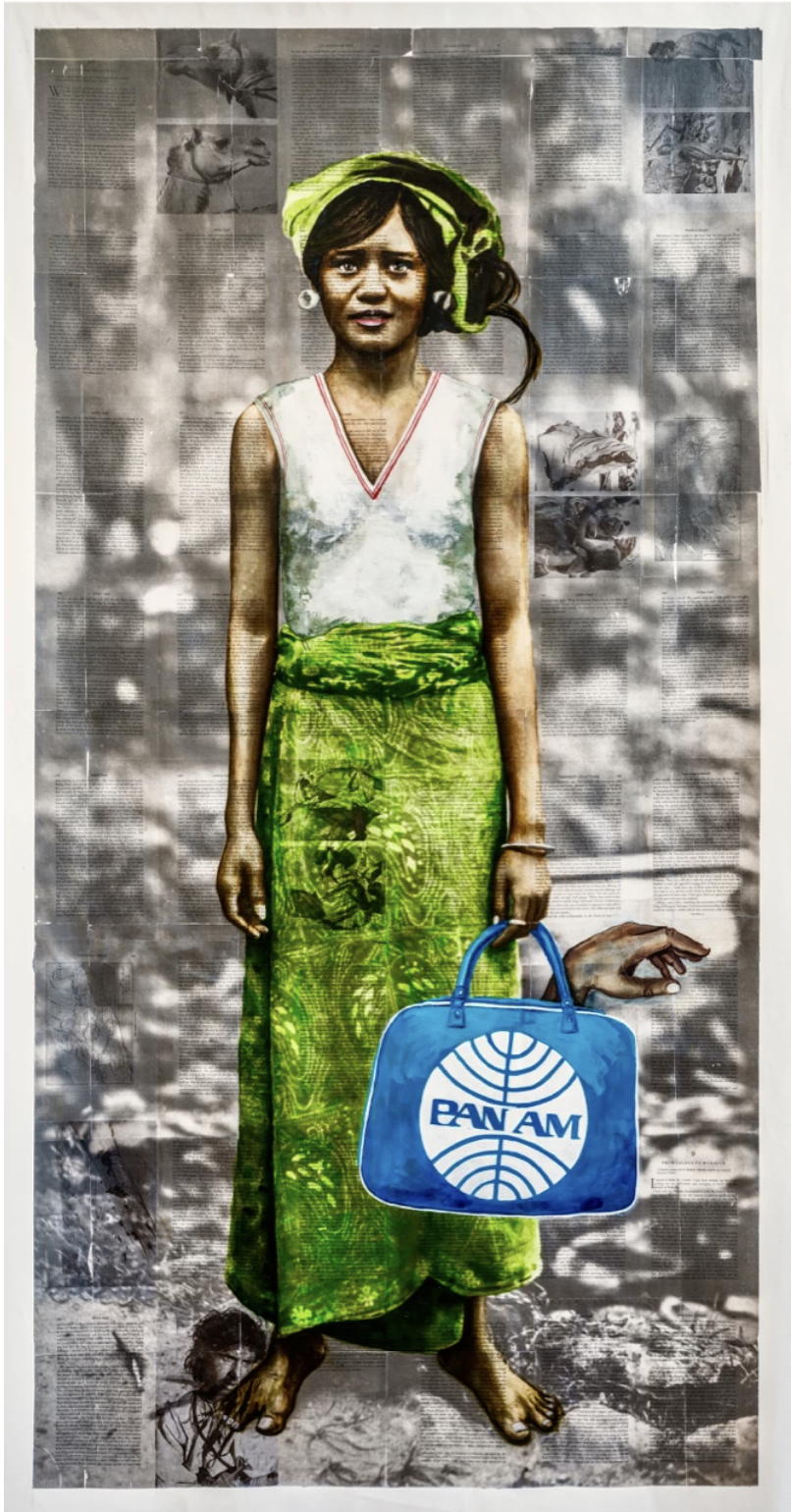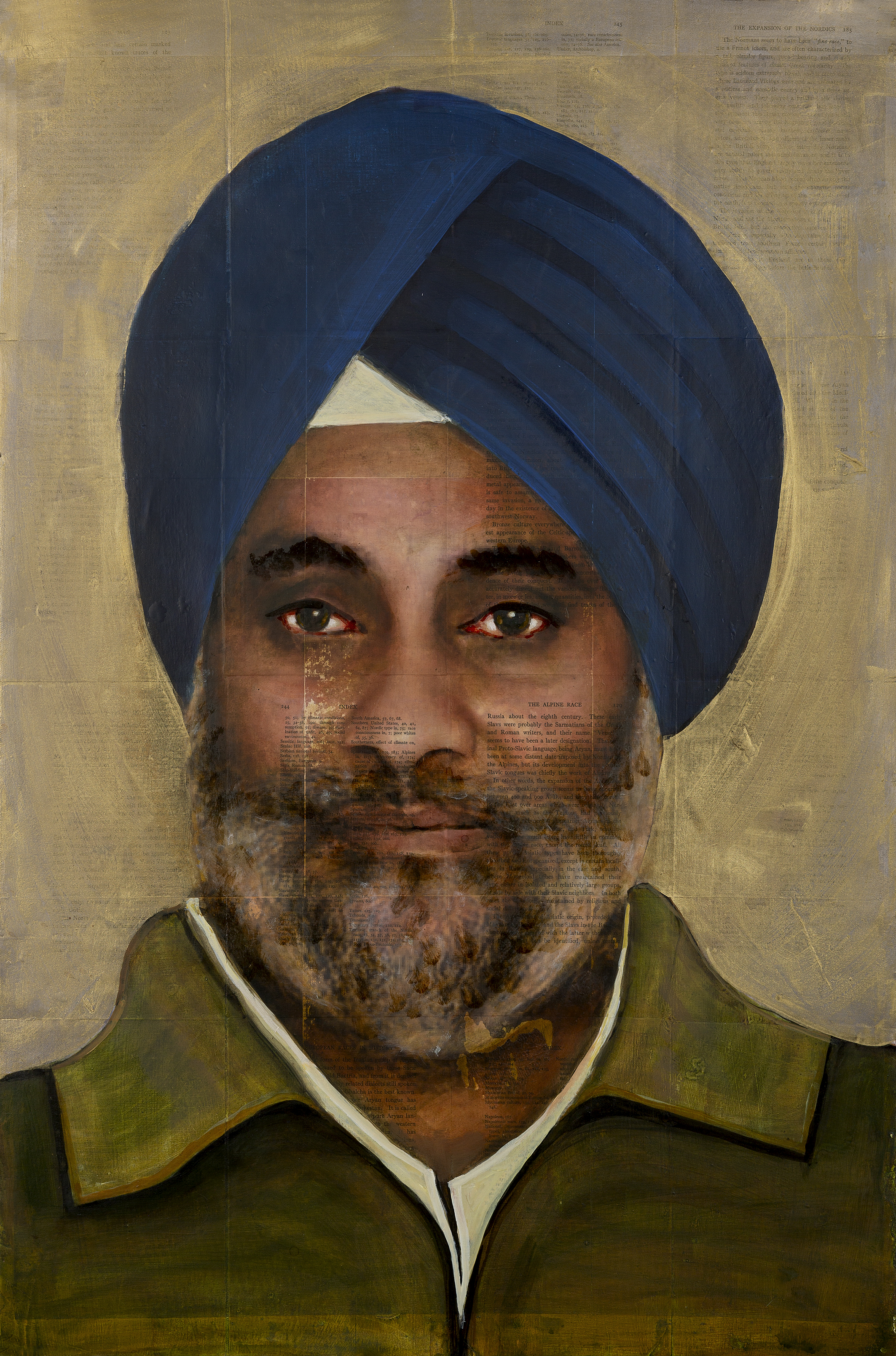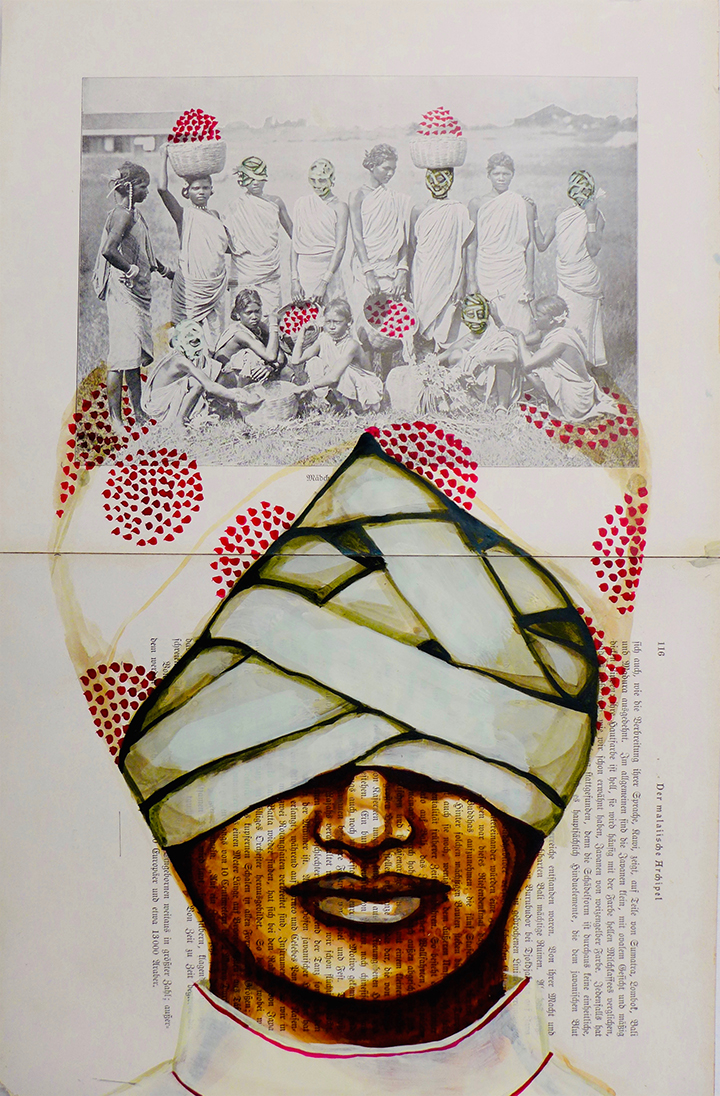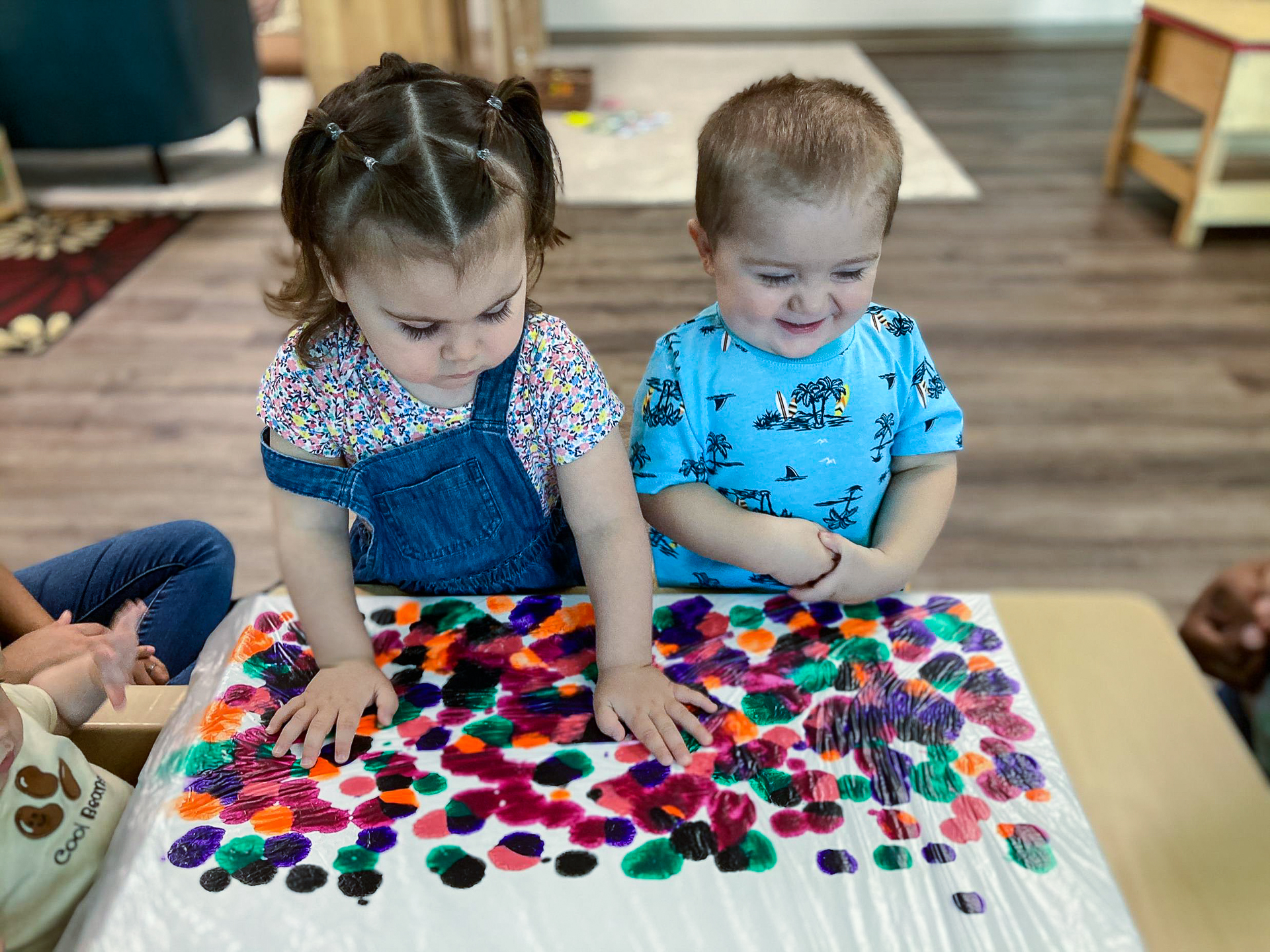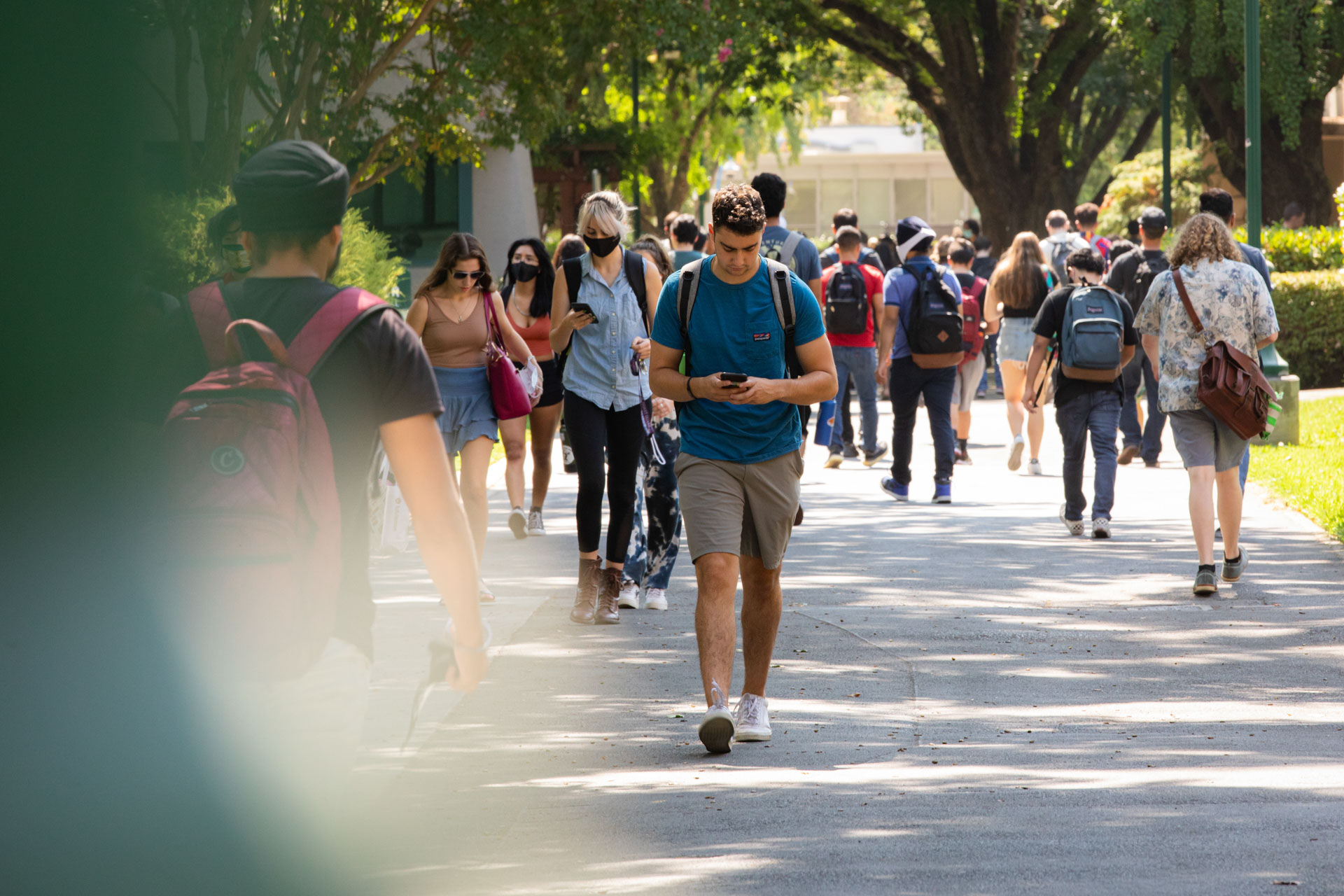Story Content
‘And Still I Rise’ exhibit disrupts ‘colonial narratives’ through painting
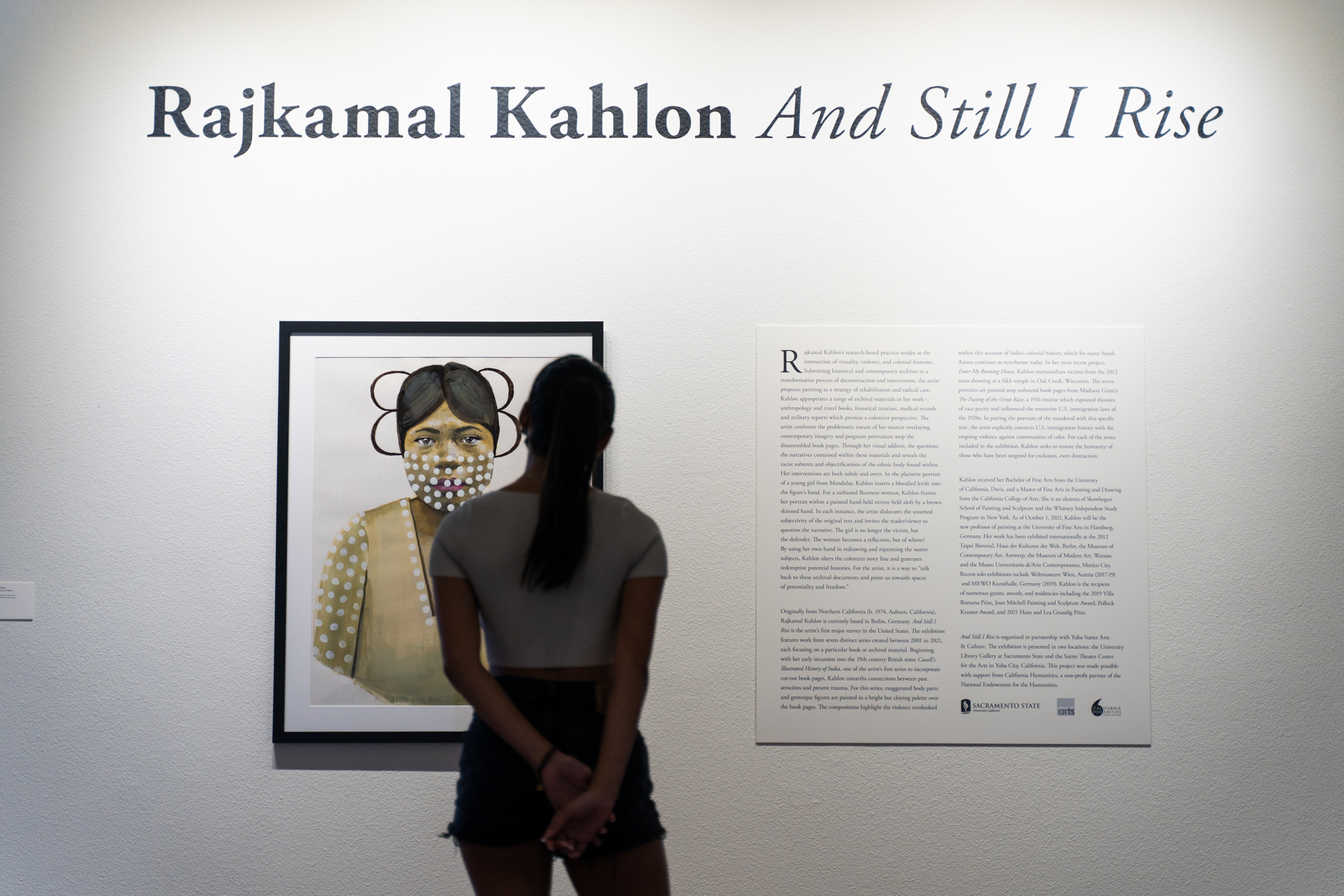
October 05, 2021
The autopsy report is clinical, scientific, logical. It details the internal and external details of the man’s body, as well as the cause of death.
Alone, it would tell you little about the man himself – the photos of him and others like him who died of causes from “natural” to “undetermined” to “homicide” have not been declassified – other than the historical fact that he died while in U.S. military custody in Iraq or Afghanistan.
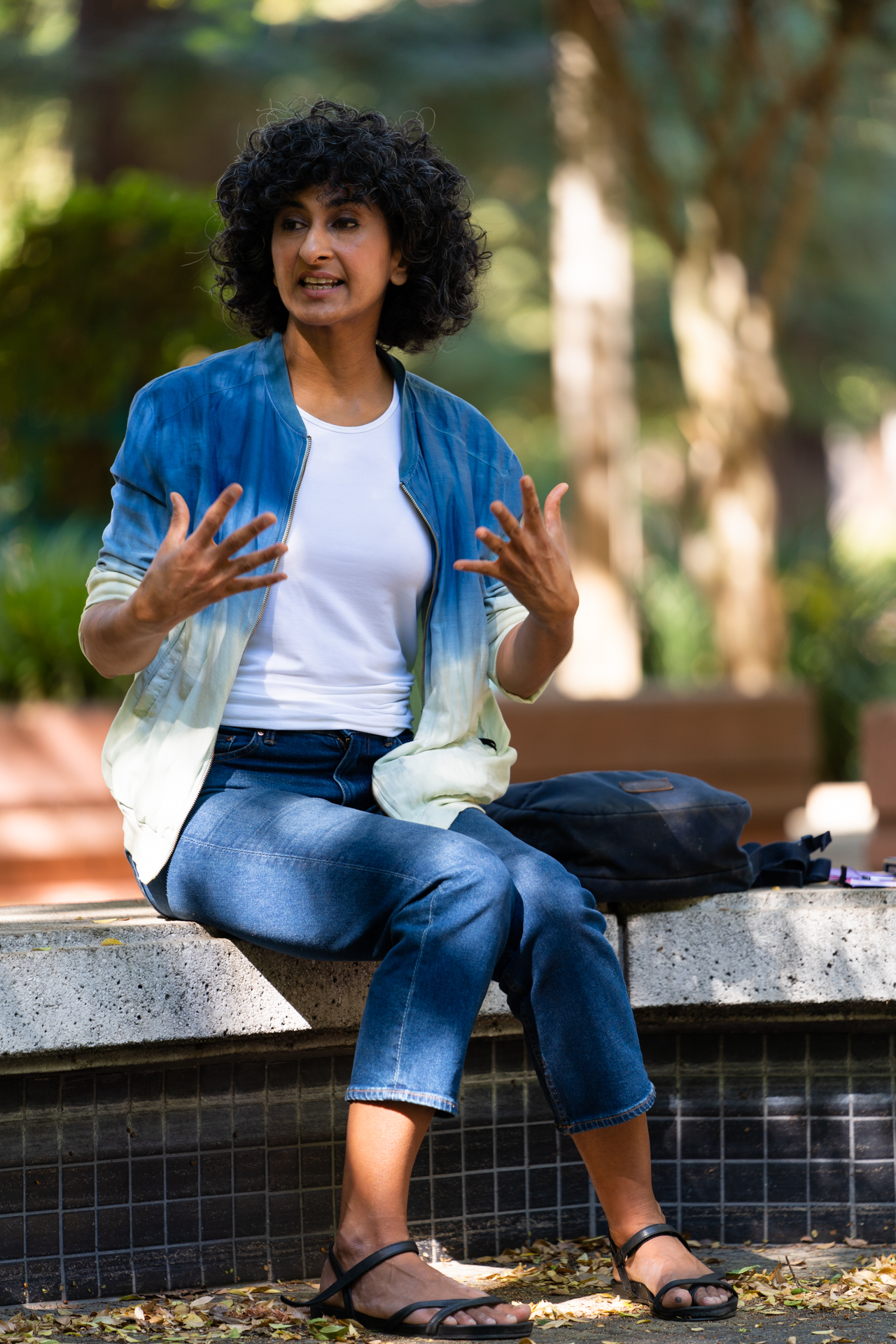
But Rajkamal Kahlon didn’t leave the reports alone. Through a painting technique known as “marbling,” she has given the entire document a grisly, reddish look similar to that of a microscopic view of the human body. Overlaying them are ink drawings reminiscent of European anatomical illustrations.
Kahlon says her goal, as with all of her work, is to reframe what she calls colonial narratives by repurposing and redefining the very tools of colonialism itself.
“I’m trying to bring about the embodiment of these men – some kind of symbolic representation to account for and have us think about and consider who these men were and what our role is in their deaths,” Kahlon said.
The series of drawings, titled Did You Kiss the Dead Body, is among several currently displayed in the University Library Gallery as part of Kahlon’s exhibition, “And Still I Rise,” her first solo show since 2005.
The exhibition, on display through Friday, Dec. 17, appears to suits Sac State, which has committed itself to antiracism and being an “anchor university” for the Sacramento region, said Kelly Lindner, art galleries and collections coordinator for the College of Arts and Letters.
“My programming in general is very much geared toward elevating voices of artists of color, women, and those who are engaging in conversations that I think are at the core of what our anchor mission is and the University overall,” Lindner said.
The impact of “And Still I Rise” will not be limited to the Sac State campus. In partnership with Yuba Sutter Arts and Culture, Kahlon will participate in a talk and community discussion in Yuba City on Friday, Oct. 8.
Yuba City is home to one of the largest Sikh populations outside the Punjab state of India, and the exhibition features Kahlon’s latest body of work, Enter My Burning House, which overpaints the text of white supremacist Madison Grant with portraits of victims of the 2012 mass shooting at the Sikh Temple in Oak Creek, Wis.
Kahlon created the work featured in “And Still I Rise” between 2001 and 2021. Among the other collections are Cassel’s Illustrated History of India, 2003-2005, in which she painted over pages from a 19th-century textbook; Die Volker der Erde, which features paintings of non-European women over pages of a 1902 German anthropology book; and We’ve Come a Long Way Together, a series of portraits of travelers from Africa, Asia, and the Middle East painted over a popular 1940s travel book.
The exhibition also features a nine-minute film, People of Afghanistan, composed of high-resolution thermal imagery of bombing footage overlaid with photographs of Afghan men compiled for a 1960s Russian anthropological survey.
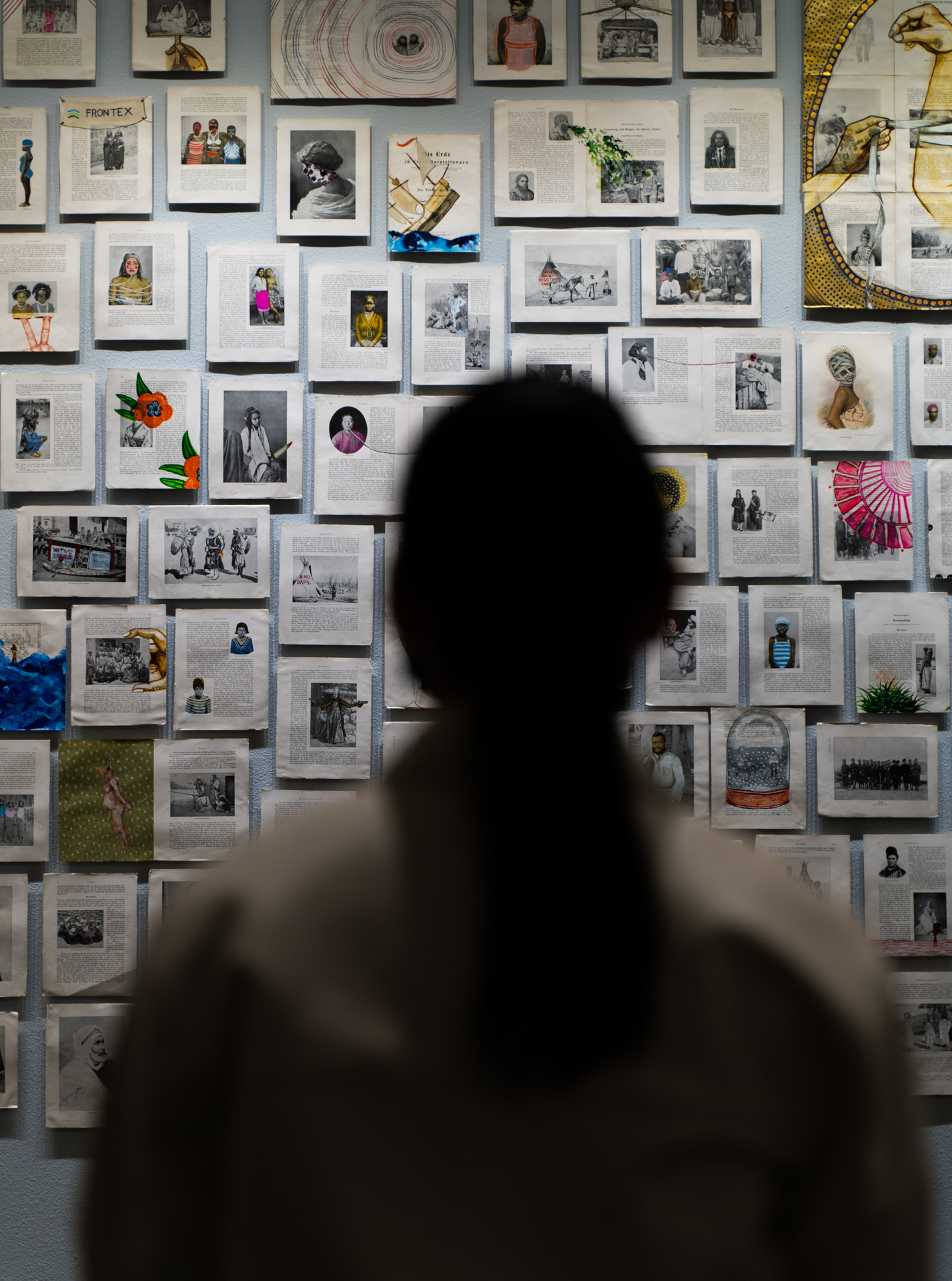
“A lot of (my) work is about restoring dignity and humanity to the original subjects, which is taken when they are turned into an object of study,” she said.
For Kahlon, the daughter of Punjabi immigrants and a native of Auburn, about 35 miles east of Sacramento, art and painting in particular became a way to “reckon the reality that I was experiencing … from the reality that I was being told to experience.”
“(Painting) is a place where I can try to re-enact care, symbolic and visual care, toward representational subjects who have been erased, distorted or maligned in some fashion in terms of historical archives, colonial archives, and colonial history,” she said.
“It allows me a space to speak and have a voice, and to talk back to these histories that are very problematic.”
The exhibit’s title references a Maya Angelou poem that Kahlon said represents feminist resistance and fosters hope in the face of oppression.
“Part of what I want to do is give the students a sense of agency towards knowledge and how they can look at primary sources and come to their own conclusions, that they can be their own author,” she said.
More information about “And Still I Rise,” including a panel discussion Wednesday, Oct. 6, with Kahlon, can be found on the Library Gallery web page.
***
Are you interested in supporting the Library Gallery or other Sac State programs? See your giving options here.
Media Resources
Faculty/Staff Resources
Looking for a Faculty Expert?
Contact University Communications
(916) 217-8366
communications@csus.edu
